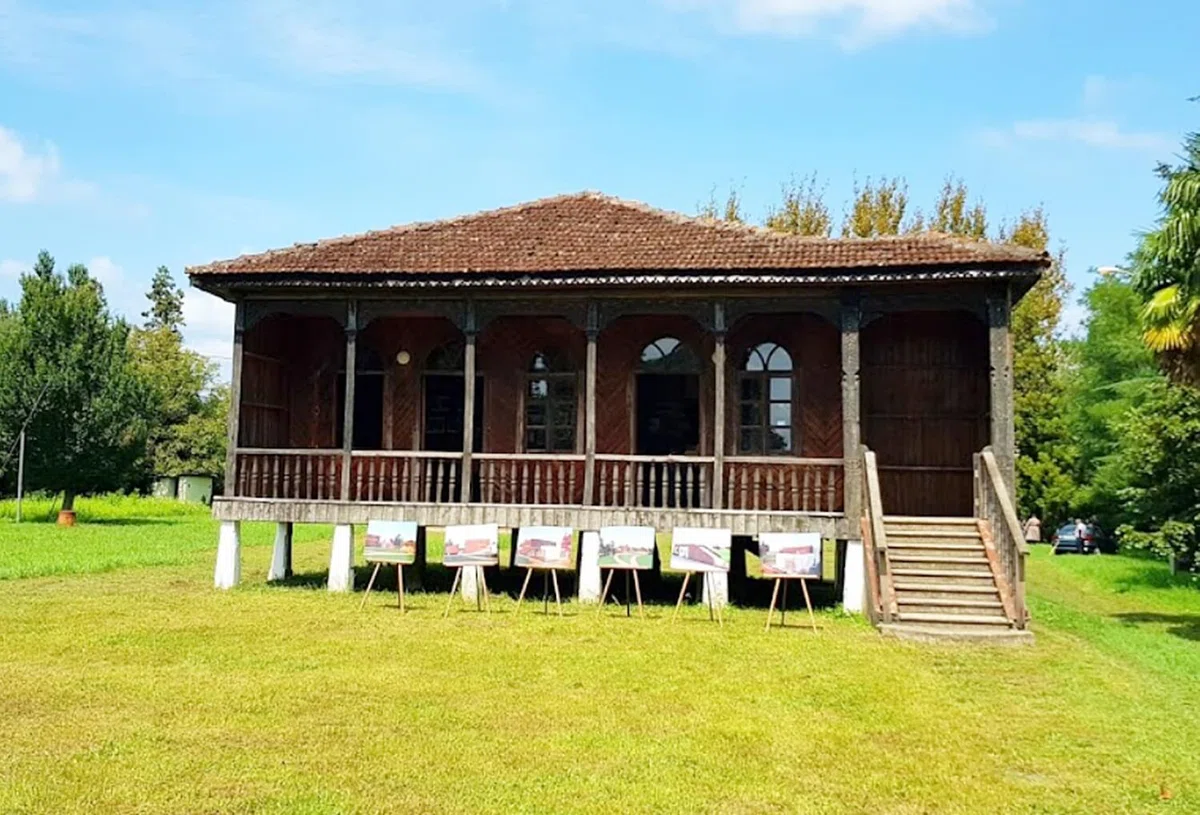
Houses-museums of famous Georgian figures. The house-museum of Konstantin Gamsakhurdia.
Konstantine Gamsakhurdia is a well–known Georgian writer and public figure. His house-museum houses photographs and documentary materials that convey the history of life and creativity. Here you will also see Constantine's personal belongings, furniture, busts and much more.
Address: Abasha district, Dzveli Abasha village
The museum contains photo and documentary materials telling about the life and work of the Georgian public figure Konstantine Gamsakhurdia (1893-1975). The museum was founded in 1983.
In 1911, Konstantine Gamsakhurdia graduated from the Kutaisi Gymnasium. He continued his studies at the universities of St. Petersburg, Königsberg, Leipzig and Munich. In 1919, he graduated from the University of Berlin and received a PhD. While still studying at the gymnasium, he founded the patriotic organization "Tskhra Mukha" (Nine Oaks), which even led to his arrest. He actively participated in the work of the "Georgian Liberation Committee".
From 1918 he was an attaché at the Berlin embassy of the Georgian Democratic Republic. In 1921, after the conquest of Georgia by the Red Army, Gamsakhurdia wrote a letter of protest to Lenin, "Open Letter to Ulyanov-Lenin". In 1923, he returned to Georgia. In 1924, the Cheka arrested him for participating in an anti-government uprising. In 1926, at the first congress of Soviet writers, Konstantin Gamsakhurdia spoke out against the Russification of Georgia.
For this reason, the writer was arrested again. In Moscow, on Lubyanka, in the main "nest" of the Cheka, Gamsakhurdia slapped Dzerzhinsky's deputy for swearing at himself. He spent 6 months in a cell for those sentenced to death. Another three years were spent in exile on Solovki Island. In 1927, he was released at the request of the Georgian Central Executive Committee and through the efforts of the writer Pavle Ingorokva. In 1931, Konstantin Gamsakhurdia was expelled from the Federation writers of Georgia.

A great Georgian writer, public figure, father of the first president of independent Georgia Zviad Gamsakhurdia, Konstantine Gamsakhurdia remained in a black "chokha" until the end of his life, painfully in love with Georgia. He wrote the poems "House in Isli", "Your eyes are the color of the sea", "Tbilisi evening" and others, short stories "Georgian ushanka", "Napoleon", "Clocks" and others, letters, essays "Apology of Rustaveli", "Letter to his son", "A good European - Arthur Leist" and others, novels "The right hand of the great master", "The Abduction of the Moon", "The Smile of Dionysus", "David Agmashenebeli" and others. In 1944, he was elected a member of the Georgian Academy of Sciences. In 1965, he was awarded the Shota Rustaveli Prize.
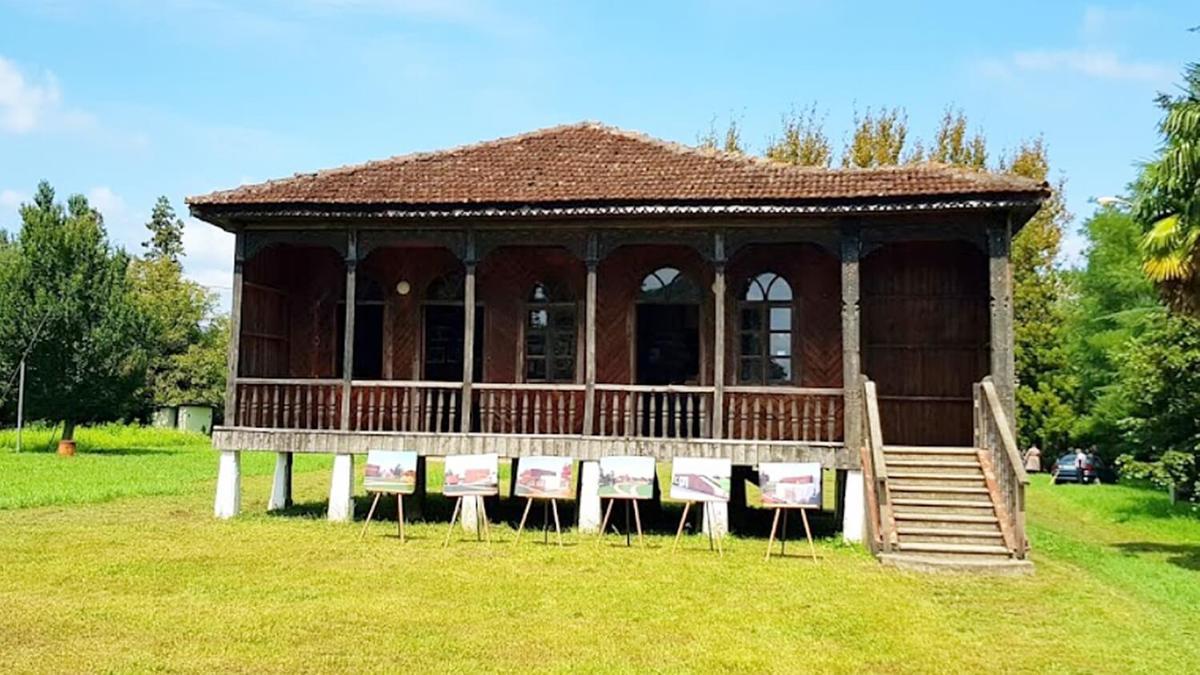
Konstantine Gamsakhurdia is a famous Georgian writer and public figure whose multifaceted interests covered philosophy, culture and politics. His life was far from simple. He was born in 1893 in the village of Shuakevo, in the family Gamsakhurd estate.
After graduating from the Kutaisi Gymnasium in 1911, Gamsakhurdia continued his education at the universities of St. Petersburg, Königsberg, Leipzig and Munich. In 1919, he successfully defended his dissertation on the topic "The History of Religious Thought in Georgia in Modern Times" and received a PhD from the University of Berlin.
From the very beginning of his life, Konstantine Gamsakhurdia was active in patriotic circles. While still in high school, he founded the organization "Tskhra Mukha" (Nine Oaks), which was engaged in the popularization of Georgian culture and traditions.
In 1918, Gamsakhurdia was appointed attaché of the Berlin Embassy of the Georgian Democratic Republic. However, after the conquest of Georgia by the Red Army in 1921, he wrote a letter of protest to Lenin, "Open Letter to Ulyanov-Lenin". This letter became a landmark moment in his life and political career. In 1924, the Cheka arrested Gamsakhurdia for participating in an anti-government uprising. The following year, at the first congress of Soviet writers, he spoke out against the Russification of Georgia, which led to his re-arrest.
For a long time, Gamsakhurdia was in prison and exile. In 1927, he was released at the request of the Georgian Central Executive Committee and the efforts of the writer Pavel Ingorokva.
After being released from prison, Joseph Stalin returned to active political activity. In 1928, he headed the Council of Ministers of the USSR and became the de facto leader of the country. Stalin pursued a policy of collectivization, destroying the kulaks and deliberately eliminating anyone who could pose a threat to his personal power.
Collectivization was accompanied by violence, famines, mass repressions and the deaths of millions of people. Stalin destroyed his opponents, as well as anyone who could be dangerous to his regime. One of the most famous manifestations of this policy was the "great terrorist battle" ("Great Terror") of 1937-1938, when over 700 thousand people were killed.
Stalin also pursued a policy of industrialization of the country, with the goal of developing heavy industry. As a result of this policy, the country developed rapidly, but the casualties were enormous. In addition, the quality of the products was often low.
During World War II, Stalin headed the Defense Council, which directed the war against Nazi Germany. Under his leadership, Soviet society mobilized to defend its country. The war brought enormous casualties, but in the end, the Soviet troops were victorious.
After the war, Stalin continued to strengthen his personal power. In 1949, the atomic bomb was created, which strengthened the position of the Soviet Union on the world stage. However, after Stalin's death in 1953, his policies were condemned and many of his crimes were exposed. After Stalin's death in 1953, Nikita Khrushchev launched a campaign of de-Stalinization. This campaign condemned many of the crimes committed during the Stalin era, including repression and violence.
One of the main results of the de-Stalinization campaign was the release of many political prisoners and the closure of many camps. Some of the anti-religious laws that had been introduced during the Stalin era were also repealed.
However, despite Khrushchev's de-Stalinization policies, his own rule was far from flawless. In 1964, he was overthrown during the culmination of the political crisis, and since then a new era has begun in the Soviet Union.
--------------------------
We are glad that you have read our article! It is important for us to know your opinion. Leave comments and ask questions - we will be happy to answer them. Your opinion will help us improve our content.


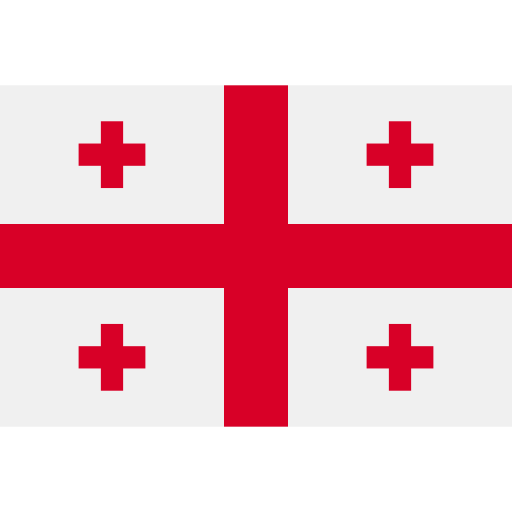


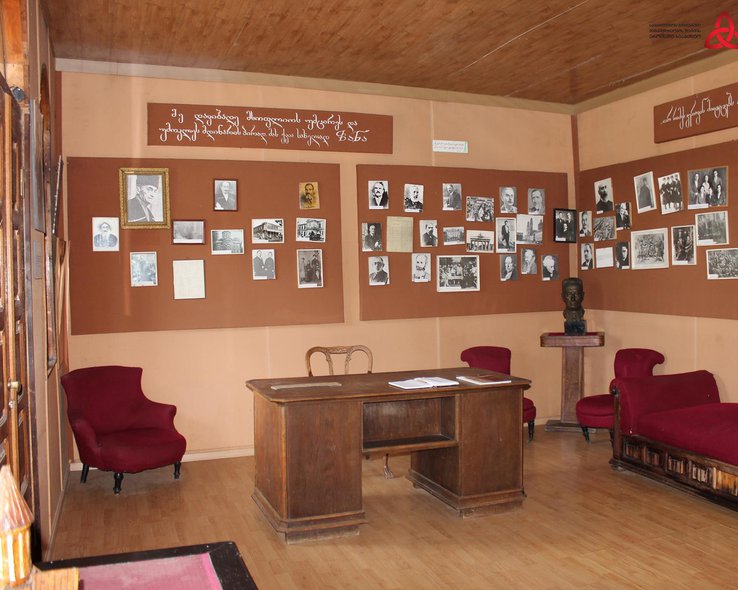
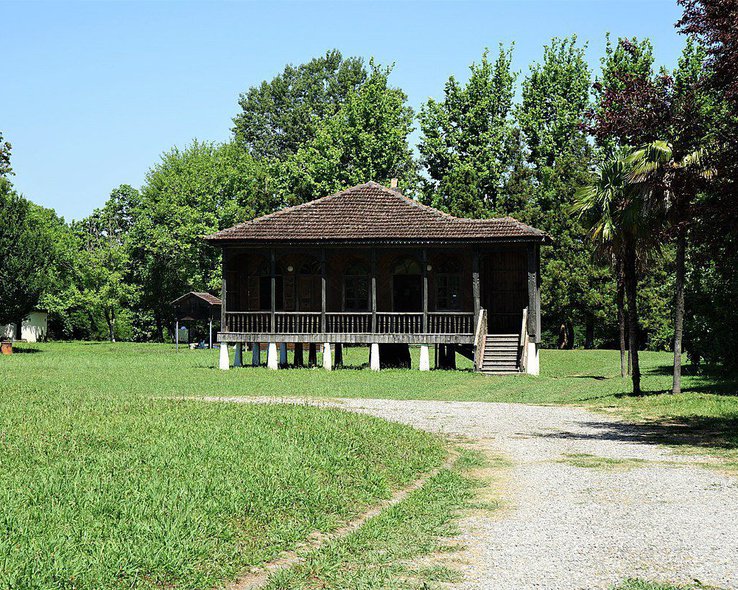
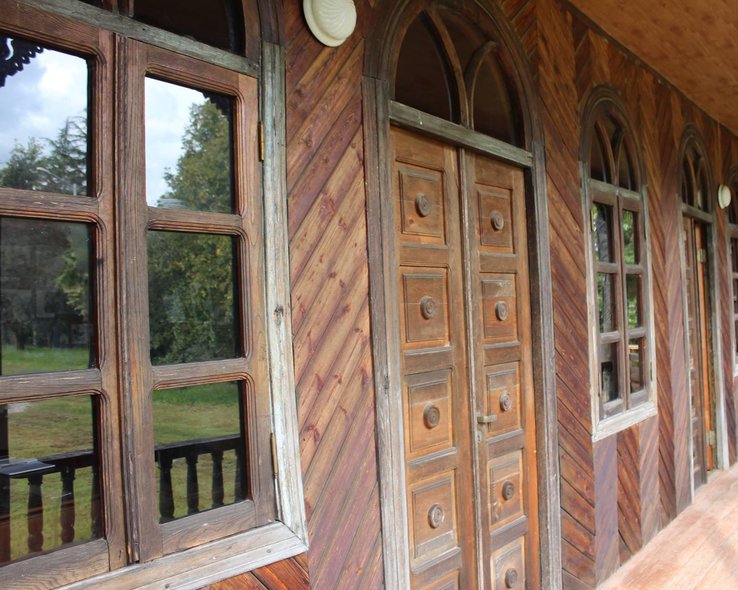
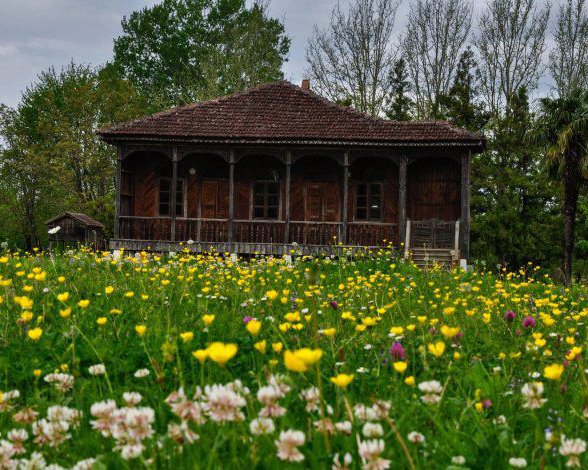
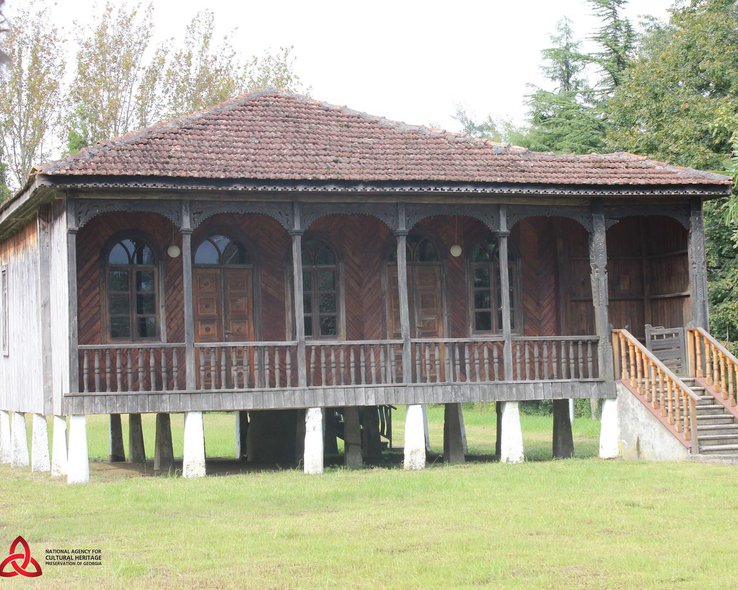


39 comments
Log in to leave a comment